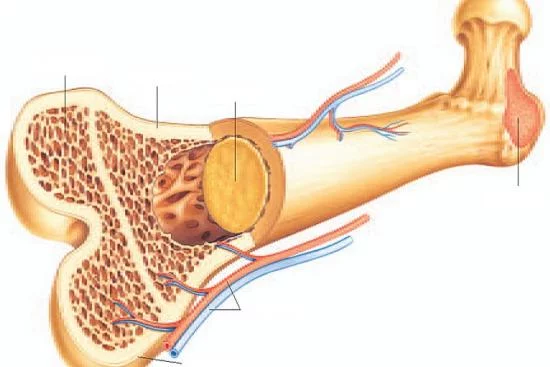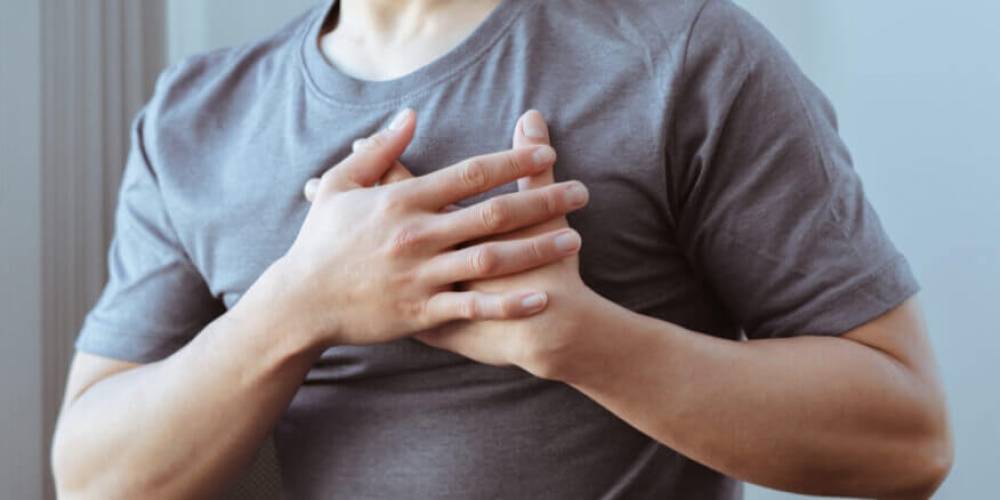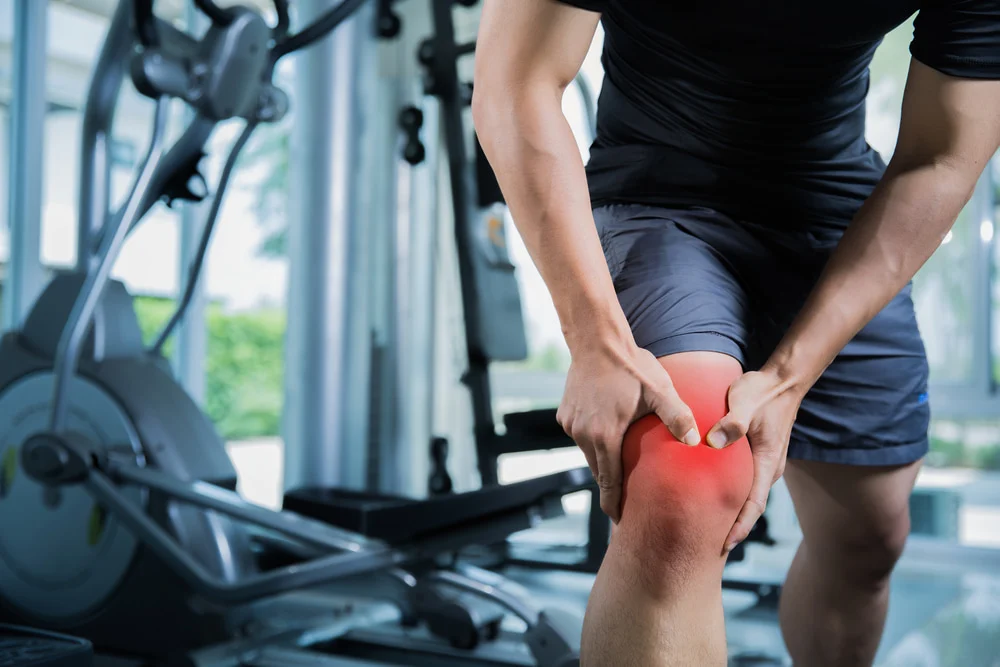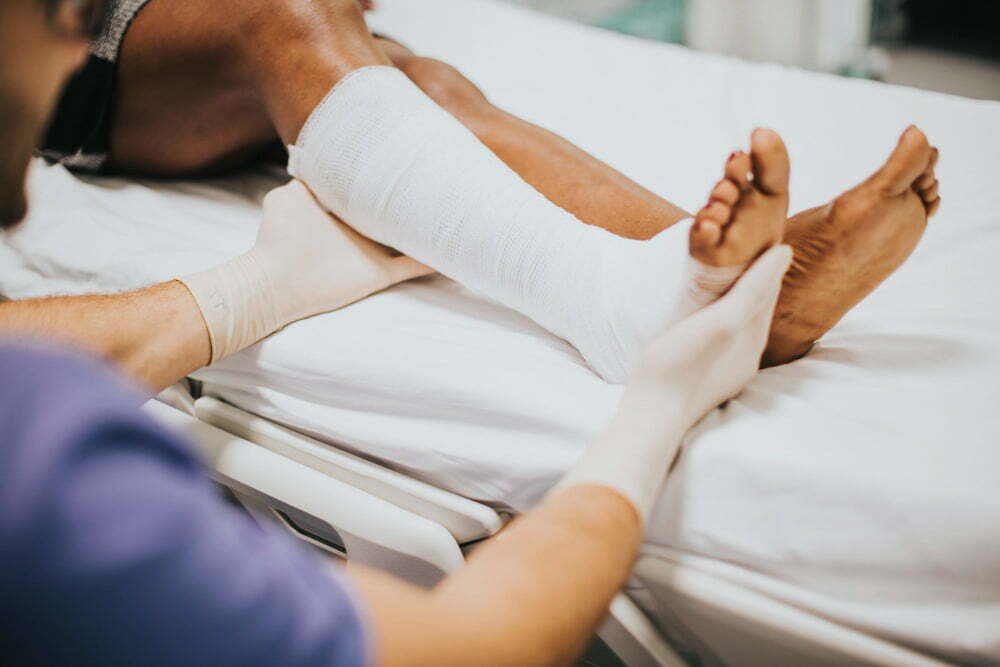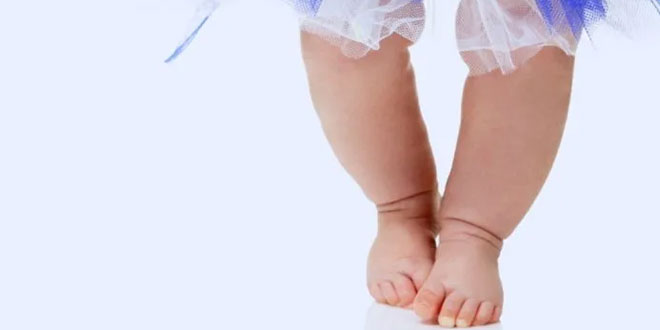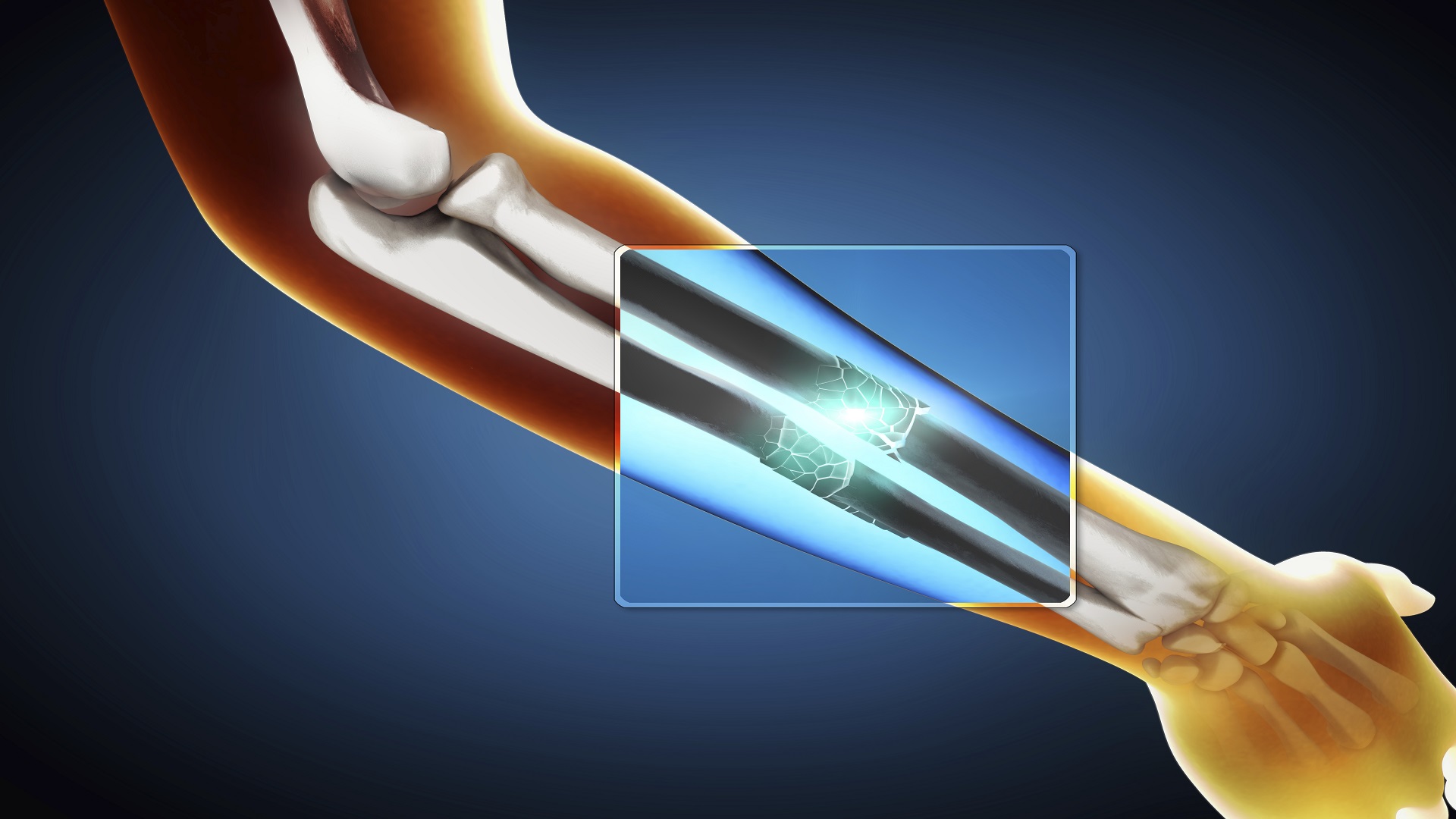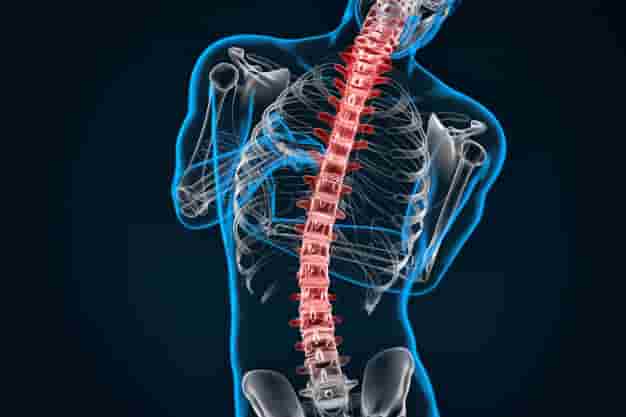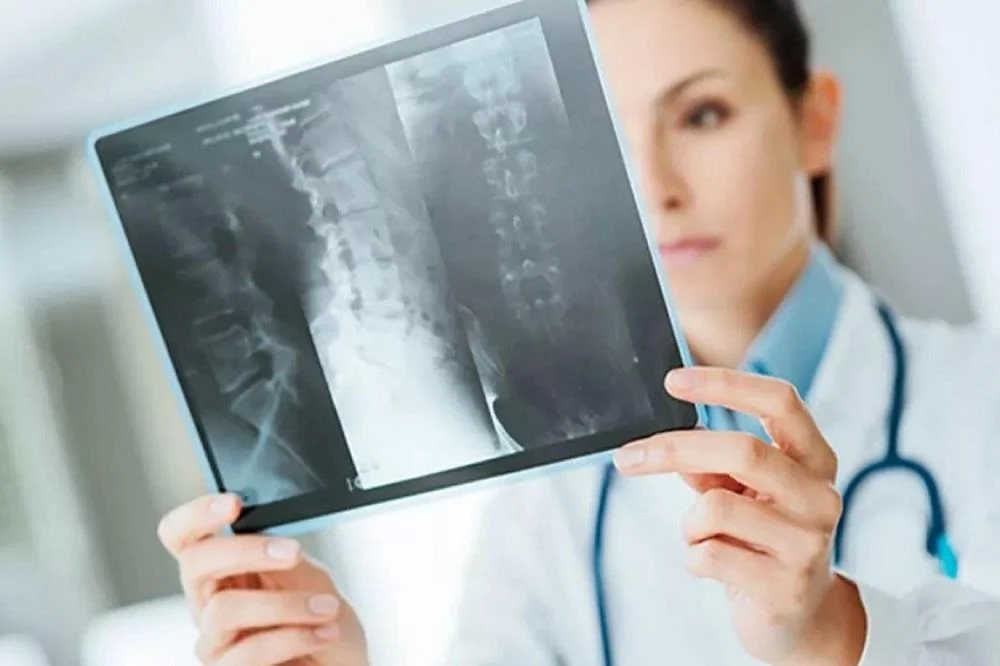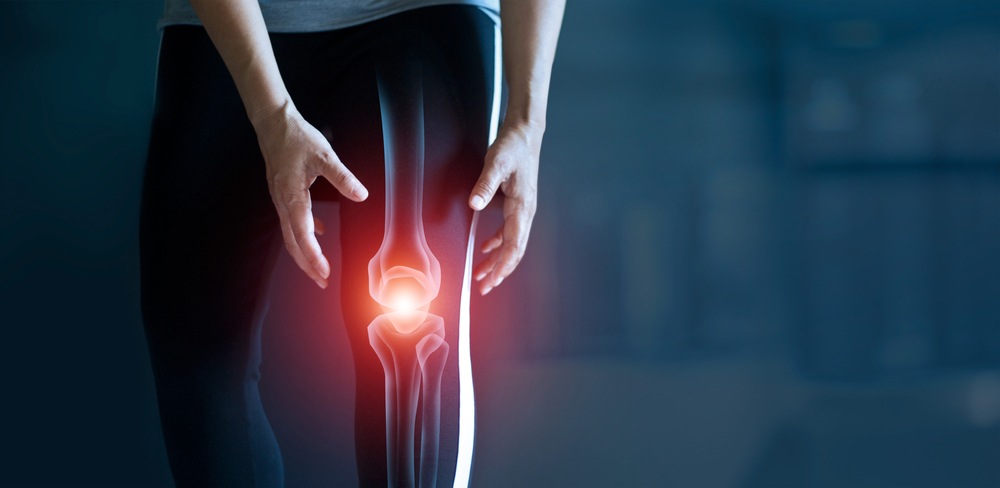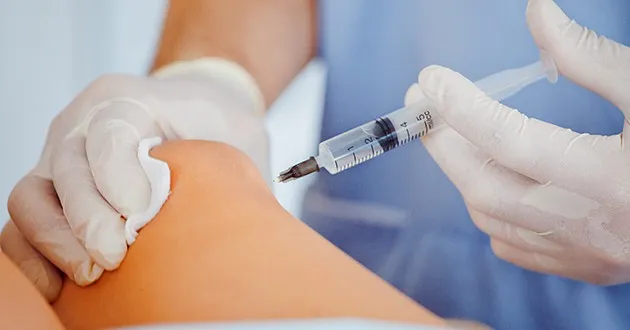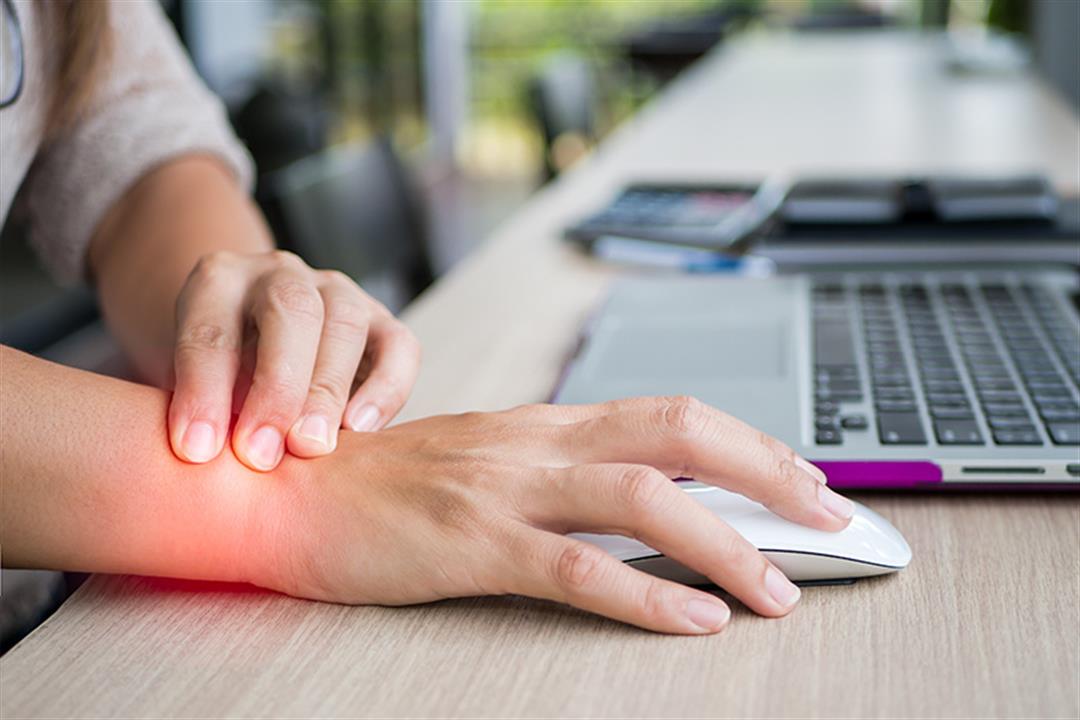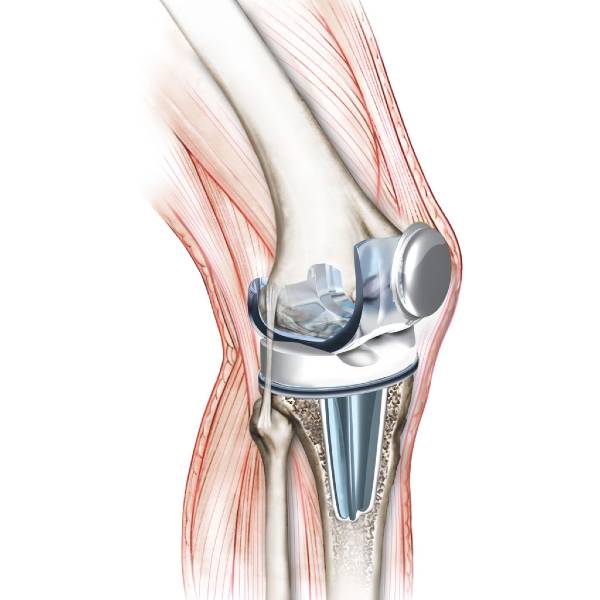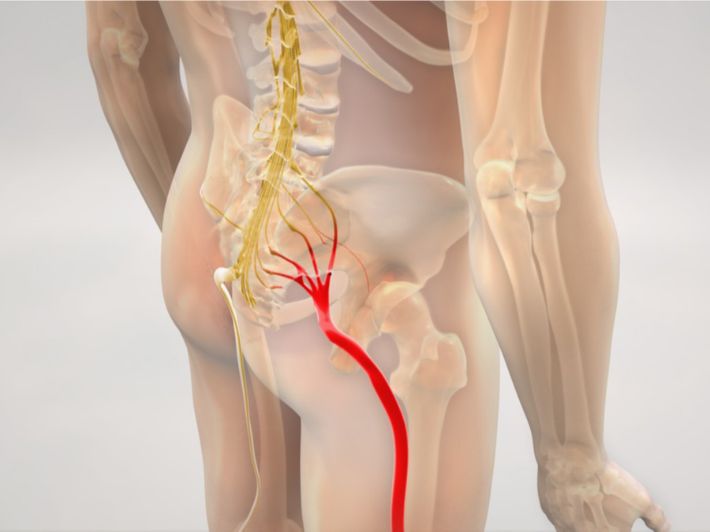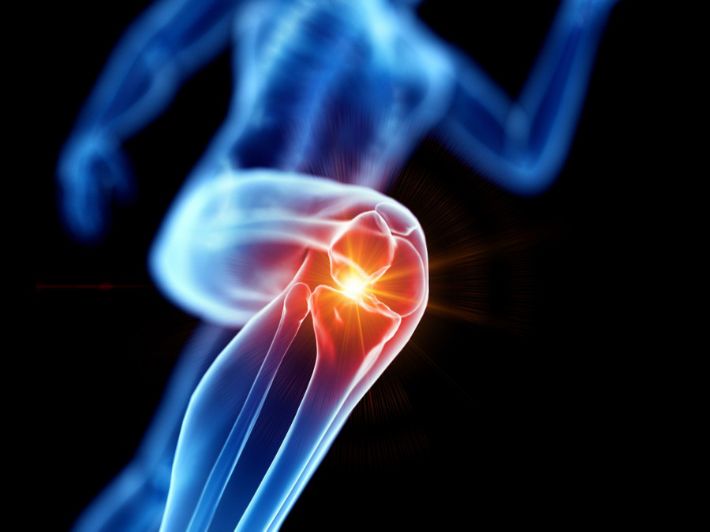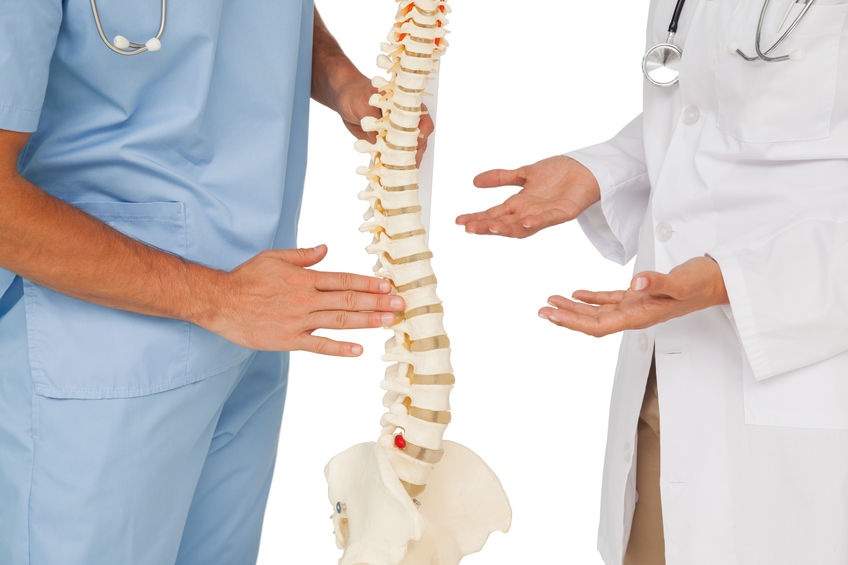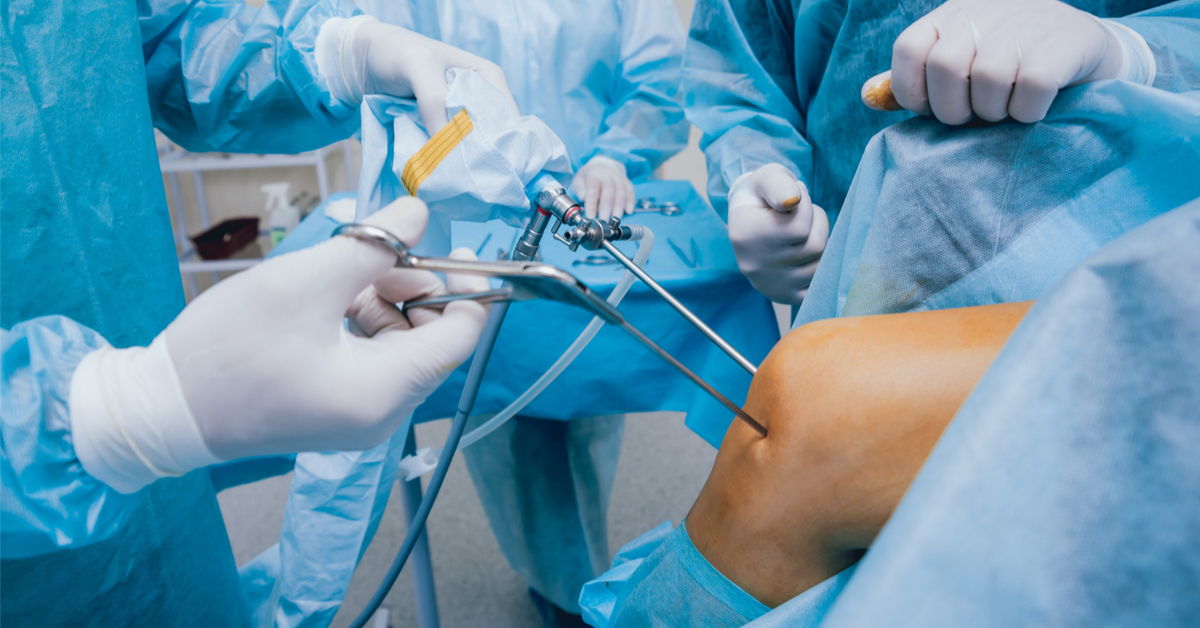The treatment of the kneecap moving
The treatment of kneecap movement differs from one person to another according to many factors that the specialist doctor determines himself. In the following article, we will talk in detail about this topic, so let us read the following.
The treatment of the kneecap moving
When an individual is exposed to the movement of the kneecap from its place, two methods are followed in treatment and the most appropriate choice is made according to the patient’s condition. If the patient’s muscle strength is large, a surgical solution may be resorted to. If the patient’s muscles are weak, then the optimal treatment is through undergoing a rehabilitation program and doing some types of exercises.
Deflection of the kneecap exercises
There are many types of exercises through which the kneecap deviation is treated, which is preferably done under the supervision of a physiotherapist to prevent any errors that lead to serious complications, such as:
- Quadriceps extension exercise: Sit on the floor and put your legs straight and put a small towel wrapped under your knee if you feel pain, then tighten your thigh and knee muscles so that they become straight with the knee joint pressed down, keep this position up to 6 seconds and rest 10 seconds, and these steps are repeated from 8 to 12 times.
- Raising the leg straight up: To do this exercise, lie on the back so that you can place your hand between the back and the ground, and then tighten the thigh and knee muscles in the injured leg to be straight, raise the injured leg up to 30-45 centimeters off the ground with keeping the thigh muscles tight and the leg straight, raise the injured leg up to 30-45 centimeters off the ground while keeping the thigh muscles taut and the leg straight, fix the foot until 6 seconds have passed, then slowly lower it to the ground and repeat this exercise 8-12 times.
- Thigh muscle training using the ball: Sit on the chair and spread your feet the same distance that is between the hips, then put a soft soccer ball between your knees and hold it using them, press the ball for 3 to 5 seconds and then rest after that, and repeat these steps from 10 to 20 times up to twice a day.
Kneecap sprain
The occurrence of a sprain in the kneecap is something that may happen for many reasons, including:
- A collision or wrong movement: This may result in an injury to the ligaments that are present in the joint, which leads to its instability, and this injury may occur in many different ligaments such as the anterior ligaments, the posterior ligaments, the lateral ligaments, or the internal ligaments, and the injury may be in more than one ligament at the same time.
- Sudden exercise: Doing some types of exercises, especially those that need joint and muscle flexibility without doing some warm-up exercises, has a major role in spraining.
Herbal knee treatment
Many herbs are used to treat knee pain and are very effective with many diseases, such as:
- Ginger: It is considered one of the best types of spices that are used in many foods, in addition to that it is drunk after boiling it because of its many benefits, in addition to that it is an antiseptic for the throat and respiratory system, and it also works to reduce inflammation and swelling resulting from joint problems because it contains ingredients that are similar in their work to nonsteroidal anti-inflammatory drugs.
- Cinnamon: It has many uses in the kitchen, whether on baked goods, foods, or drinks, and its benefits are because it contains anti-inflammatory and antioxidants.
- Willow bark: This herb is used by drinking and it has a very big role in reducing joint and knee pain and relieving inflammation, but it is better to be careful for those who suffer from digestive diseases in addition to those who suffer from diabetes and liver problems and those who use blood thinners and children under 18 years old.
- Cat’s claw: This herb is found in South America and is available in the form of nutritional supplements in the market, and it has a great role in relieving pain and the ability to move the joint very effectively, but it is not recommended for pregnant women.
Knee pain physical therapy
Physiotherapy is very effective in treating knee spondylosis, by doing some exercises under the supervision of a physiotherapist, such as:
Small squat
- Spread your feet shoulder-width apart while standing, then place your hands on the back of a chair or table for balance.
- After that, bend the knee as if you were going to sit down, and do not bring your knees close to each other during the descent and keep them straight.
- Stop about a third of the way down and get ready to stand up and contract your quadriceps nicely.
- Focus on pushing through the heels and keeping your back straight throughout this exercise.
- Repeat this exercise 8 to 12 times.
Raising the straight leg while lying on the side
- Lie on your side with the injured foot facing down.
- Keep your hip and leg straight and make sure your thigh muscles are well-taut.
- Lift the good foot on a chair to make sure it is stable throughout the exercise.
- Hold the injured leg off the ground and hold for 6 seconds, then slowly lower the leg.
Treatment of weakness of the kneecap
The treatment of weakness of the knee cap includes keenness to lose excess weight to relieve the pressure on the knee area, in addition to doing some exercises that work to strengthen the front thigh muscles, especially the inner part of them, the patient must also be careful to avoid exaggeratedly bending the knee for a long time, while not climbing stairs or practicing running exercises on hard surfaces and adhering to the physical therapy program.

